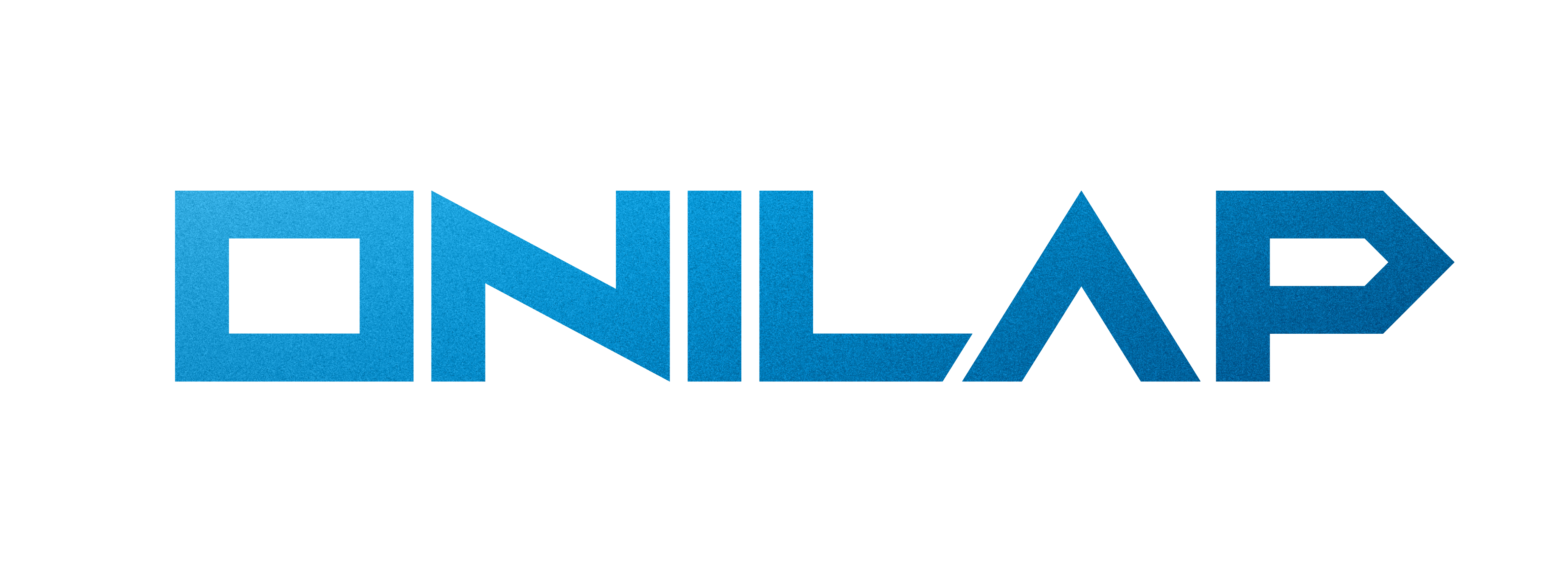Year: 2018 – 2019 ■ Time span: 9 months ■ Type: concept - master’s thesis
Recognition: NCSD 2019 - nominated project, DESING.ER 2019 - model and poster exhibited, NEW GO(O)DS! 2019 - DEPO2015, CTU FA - model and poster exhibited, DESIGN.S 2020 - featured project, poster exhibited, 3i - triii - poster exhibited, NCD21 - project in 2nd round, model exhibited (Slovakia)
Brief
Conceptual design of a quadcopter capable of autonomous transportation of two adult passengers and luggage. The proposal with propellers at different levels gives the machine an unmistakable character. The shape is thoroughly built from continuously connected surfaces and is used in the formation of all parts. The morphology acts autonomous, neutral and at the same time respects the compactness of the overall shape. The design successfully solves the ergonomics of the passengers - excellent views from the cabin, safe entry and opening of the doors, well-accessible luggage compartment and easy charging. The result is the concept of a personal autonomous quadcopter, which with its design language offers one of the possible directions of this segment and serves as a vision for the future.
Description
The overall shape and size solution is based on the dimensions necessary for sufficient interior space for the crew of two adults sitting behind each other, luggage and placement of all functional components that are necessary for autonomous flight. The shaping of the quadcopter's body is carefully constructed from smoothly and diligently interconnected surfaces. This principle was used in the formation of all parts of the machine and is present when viewed from any angle. The characteristic and main expressive element are the arms positioned in different horizontal levels.
The whole body together with arms and landing legs are designed as self-supporting construction made of carbon fiber composite. Li-Ion batteries with a capacity of 200 kWh located in the floor and coaxial brushless electric motors with a total output of 400 kW are, in combination with suitable two-blade propellers with a diameter of 2300 mm, able to develop sufficient buoyancy. The total weight of the machine with passengers and luggage is a maximum of 750 kg. In this configuration, the quadcopter is able to fly for 30 minutes and at a maximum speed of 150 km/h, to fly a distance of 50 km to fully charge the batteries.
Immediately after landing, the quadcopter stops its rotors with the propellers in a position parallel to the arms, thus providing space for the safe movement of passengers. There is enough space inside for two adults sitting behind each other. The seats are slightly tilted backwards so that passengers have a naturally upright sitting position during flight. Both passengers have an excellent view of the outside in both horizontal and vertical directions. Opening the trunk door is automatic, after pressing the button the lid swings downwards. The luggage compartment cover serves as a storage space on which the baggage is secured with straps.
CONCEPT DEVELOPMENT MOODBOARD AND INSPIRATION
CONCEPT DEVELOPMENT PROCESS
CONCEPT DEVELOPMENT CONCEPTUAL MODEL
FINAL DESIGN PERSPECTIVE VIEWS
FINAL DESIGN VIEWS
FINAL DESIGN DETAILS
ERGONOMY TRUNK, BOARDING, SAFE ZONES, DOORS MANIPULATION AND CHARGING
ERGONOMY VIEWING ANGLES, DIMENSIONS
TECHNIC PARTS, INNER COMPONENTS AND MATERIALS
TECHNIC COLOR, MATERIAL, FINISH
MODEL PHOTOS PERSPECTIVE VIEWS
MODEL PHOTOS DETAILS
HERO IMAGES ENVIRONMENTS










